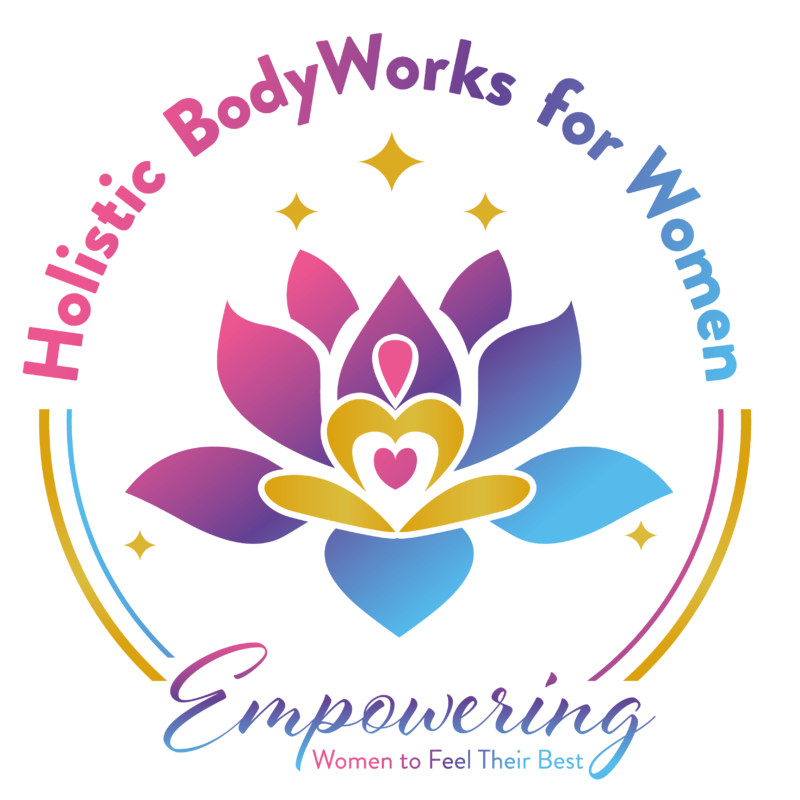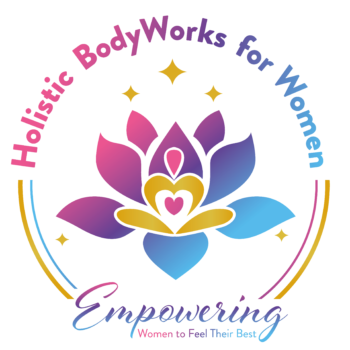The beautiful thing is, natural remedies such as massage and functional movement can halt—and, some people say—even reverse the painful and debilitating symptoms of arthritis.
Persistent Pain From Arthritis
Clients who suffer from osteoarthritis report feeling persistent, deep pain and stiffness around at least one joint every day.
Pain is exacerbated when a joint is not properly warmed up or has been overused
Weight-bearing joints such as the knees and hips are most affected, but osteoarthritis may also be found among the distal joints of the fingers; the wrists; neck; and the ankles.
Osteoarthritis pain is often debilitating if it occurs in the knees or hips, where movement is limited and pain is exacerbated by simple, crucial activities like walking, getting up and down to go to the bathroom, and generally movement.
Factors that contribute to developing osteoarthritis include aging, weight, and stresses on the joints, according to the National Institute of Arthritis and Musculoskeletal and Skin Diseases.
Additional contributing factors of osteoarthritis include surgery, hormonal imbalances, nutritional deficiencies, dehydration and anything that may trigger an inflammatory response, such as stress or an inflammatory diet.
These may all disturb the delicate balance that creates cartilage, leaving a joint more susceptible to developing osteoarthritis.
A joint that has been chronically traumatized or dislocated may lead to excessively lax ligaments, raising the risk of injury to both a joint and its cartilage, and contributing to osteoarthritis.
Likewise, muscle imbalance—often a result of postural distortions from prolonged sitting and/or excessive repetitive movements—pulls a joint out of alignment and may misshape the joint in a way that prematurely degrades articular cartilage.
If you suffer from osteoarthritis yourself, note that excessive weight increases the likelihood of developing osteoarthritis, as it increases stress on a joint. In fact, clinically obese people are four times more likely to develop osteoarthritis than the rest of the population.
Joints’ Interior Landscape
Visualizing the anatomical world deep beneath the flesh provides a pathway for us to more effectively help our osteoarthritic clientele.
There are three major types of joints: synovial, such as those of the hip, knee and facet joints; cartilaginous, such as those found at the disks between spinal vertebrae; and fibrous, such as sutures found in the skull.
Synovial joints are the most common joints in our body and are at highest risk for developing osteoarthritis.
Healthy synovial joints are formed by the articulation of two bones. Articular, or hyaline, cartilage covers, lines and connect the ends of bones.
A joint capsule wraps around the connecting bones, and a synovial membrane lines the inside of the joint capsule and houses synovial (egg-like consistency) fluid. The articular cartilage and synovial fluid inside healthy synovial joints provide a nonbinding, smooth and slippery surface.
Ligaments connect the bones outside the joint capsule and add support and stability. When healthy cartilage gets damaged, osteoarthritis is often the result.
Articular cartilage is at the center of joint dysfunction and degeneration, leading to the pain experienced with osteoarthritis.
Articular cartilage consists of a small number of cells called chondrocytes that are constantly working to rebuild and replace the cartilage surface.
Chondrocytes create collagen, which is arranged in differing patterns, allowing for the articular cartilage to absorb shock and reduce friction during movement.
When damage to cartilage occurs, chondrocytes avoid the area and no longer provide it with cushioning support.
The cartilage then degrades and osteocytes (bone cells) become overly active to make up for the loss of cartilaginous support. Osteocytes may become either osteoblasts (bone-building cells) or osteoclasts (bone-eating cells).
If osteoblasts are activated the likelihood of osteophytes or bone spurs increases, and the condyles of the bone may become enlarged, painful and distorted.
Conversely, if osteoclasts are activated, cyst-like cavities may form under the cartilage of the affected bone, limiting joint support.
Research on Massage
Clients who present with osteoarthritis rarely have acute inflammation, indicated by redness, heat and tender swelling. Without the presence of these signs of acute inflammation, we may safely apply massage therapy on osteoarthritis clients without the risk of secondary tissue damage.
The exact biochemical mechanism behind massage’s relief for osteoarthritis is still under investigation; however, research has indicated massage can lower the body’s stress hormone, cortisol, and increase serotonin production.
Numerous research studies have indicated massage therapy is a safe and effective natural approach to reducing osteoarthritis symptoms.
One study by Tiffany Field, Ph.D., and colleagues at the Touch Research Institute at the University of Miami School of Medicine found massage can lower the amount of substance P, a neurotransmitter associated with pain.
An article titled “Benefits of Massage,” published on the website of the Arthritis Foundation, notes that massage therapy can help clients sleep better, “which in turn gives the body greater opportunity to heal.”
In 2012, JAMA Internal Medicine, a publication of the Journal of the American Medical Association, published “Massage Therapy for Osteoarthritis of the Knee,” which indicated massage therapy helped recipients feel less pain and stiffness; increased range of motion; and improved the time it took to walk 50 feet.
Field and her colleagues have also demonstrated in various studies that massaging clients with osteoarthritis decreases pain from arthritis as well as stiffness, while it increases mobility, strength and overall function of the joints.
Why might an arthritis patient choose massage over conventional medicine?
Some pain-relieving and anti-inflammatory medications tax the liver and kidneys. And regular use—especially of opiate drugs—may require increased dosages in response to the drug tolerance effect, as well as increased risk of falls and fractures.
Surgery increases the risks of blood clots and complications with anesthesia, and though the numbers are low, risk for infection and nerve damage may occur.
Benefits of Massage Therapy
Encouragement and accountability are parts of our job when we become members of a client’s healing team; therefore, it is important to recommend frequency of massage treatment.
In 2012, PLOS ONE published “Massage therapy for osteoarthritis of the knee: a randomized dose-finding trial,” which recommended one 60-minute massage session per week.
“Given the superior convenience of a once-weekly protocol, cost savings, and consistency with a typical real-world massage protocol, the 60-minute once weekly dose was determined to be optimal, establishing a standard for future trials,” the researchers noted.
As massage therapists, we are always looking for the best ways to support our clients and relieve painful conditions based on both science and our experience.
We have found encouraging muscle balance via massage is key to relieving pain from arthritis and encouraging joint alignment
The Arthritis Foundation advocates one treatment option over all others: movement.
The Foundation’s 5K Walk to Cure Arthritis event takes place at locations throughout the U.S. annually, and is sponsored in part by Massage Envy Spa, which has also raised more than $3 million for arthritis research through its one-day annual event, Healing Hands for Arthritis
A growing number of baby boomers need relief from osteoarthritis, and your aging clients and your practice can both benefit if you specialize in massage therapy for those living with this condition.
Network with local chiropractors, osteopaths, physical therapists, yoga studios and physicians who specialize in geriatrics and functional medicine, to let them know about your practice and the benefits of massage for clients with osteoarthritis.
Massage therapy is a valuable addition to traditional osteoarthritis treatments. It also supports the mind-body connection, leading to more positive attitudes about the body and greater ease and flow throughout life.
Online Source: https://www.massagemag.com/if-you-have-osteoarthritis-you-need-massage-84225-84225/

